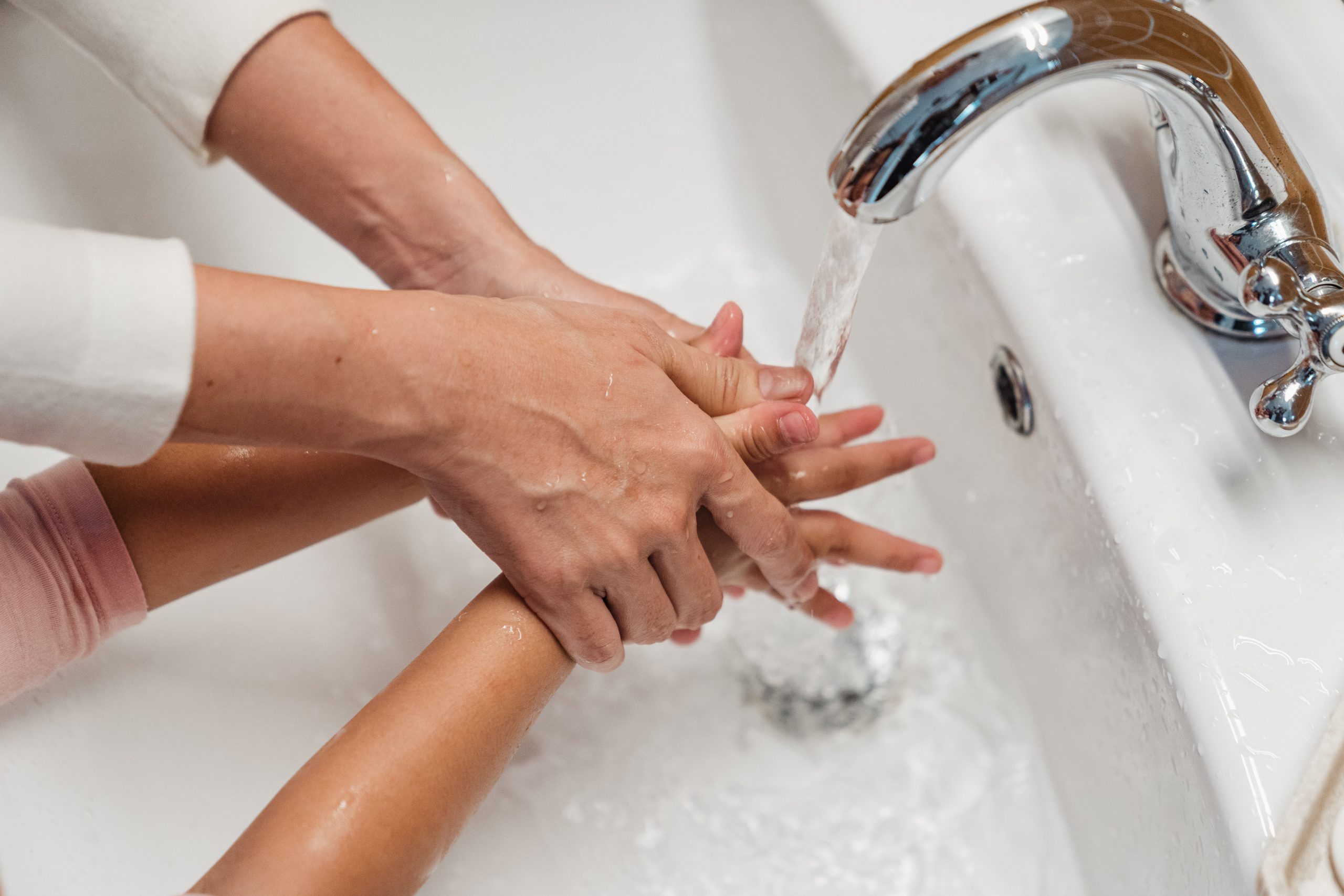
Hi all…with the attention currently focused on COVID-19, a report published by the US Centers for Disease Control and Prevention (CDC) could get overlooked or not taken as seriously given number of deaths occurring daily in the US this month. Nonetheless, there will be a time when attention will be focused back on waterborne disease (particularly those caused by biofilm-associated pathogens). There is a huge amount of occurrence, hospital visit, and cost data in this report. It is the most comprehensive paper I have seen on this topic and worth a detailed read. It is available free of charge.
I noticed one drinking water-associated infection I wasn’t familiar with and it is an infection of the ear, otitis externa, defined as “is an inflammatory process of the external auditory canal. In one recent study, otitis externa was found to be disabling enough to cause 36 percent of patients to interrupt their daily activities for a median duration of four days, with 21 percent requiring bed rest…If otitis externa is not optimally treated, especially in immunocompromised patients, the potentially life-threatening infection can spread to the surrounding tissues.”
The authors report “1 in 44 Americans gets sick from waterborne diseases each year. These new estimates show that 17 waterborne pathogens were responsible for:
- 7.2 million illnesses
- 600,000 emergency department visits
- 120,000 hospitalizations
- 7,000 deaths
- $3.3 billion in direct healthcare costs”
Bill________________________________________________________________________________
Estimate of Burden and Direct Healthcare Cost of Infectious Waterborne Disease in the United States
Collier SA, Deng L, Adam EA, Benedict KM, Beshearse EM, Blackstock AJ, et al. Emerg Infect Dis. 2021 Jan [date cited]. https://doi.org/10.3201/eid2701.190676
DOI: 10.3201/eid2701.190676
Original Publication Date: December 16, 2020
Abstract
“Provision of safe drinking water in the United States is a great public health achievement. However, new waterborne disease challenges have emerged (e.g., aging infrastructure, chlorine-tolerant and biofilm-related pathogens, increased recreational water use). Comprehensive estimates of the health burden for all water exposure routes (ingestion, contact, inhalation) and sources (drinking, recreational, environmental) are needed. We estimated total illnesses, emergency department (ED) visits, hospitalizations, deaths, and direct healthcare costs for 17 waterborne infectious diseases. About 7.15 million waterborne illnesses occur annually (95% credible interval [CrI] 3.88 million–12.0 million), results in 601,000 ED visits (95% CrI 364,000–866,000), 118,000 hospitalizations (95% CrI 86,800–150,000), and 6,630 deaths (95% CrI 4,520–8,870) and incurring US $3.33 billion (95% CrI 1.37 billion–8.77 billion) in direct healthcare costs. Otitis externa and norovirus infection were the most common illnesses. Most hospitalizations and deaths were caused by biofilm-associated pathogens (nontuberculous mycobacteria, Pseudomonas, Legionella), costing US $2.39 billion annually.”





